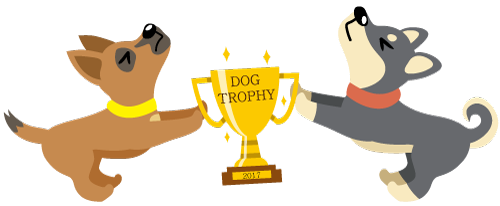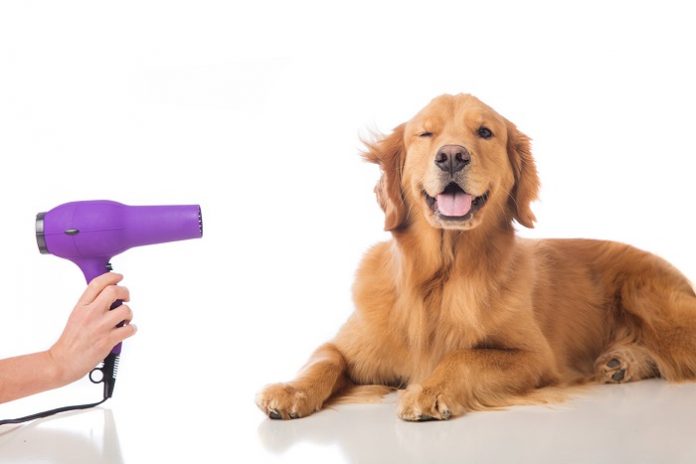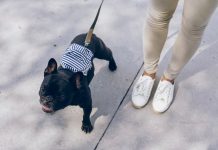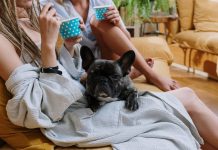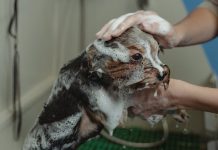That will depend on their breed and coat type,but it’s important to remember that dog grooming isn’t just about keeping them beautiful – it allows you to spend quality bonding time with your pet,and also gives you opportunity to keep an eye on their body condition and spot any early signs of health problems.Dog grooming might seem superficial,but it has great benefits inside and out.
In short,it :Removes dead hair and distributes natural oils,helping to keep your dog’s coat and skin healthy.Gives you the opportunity to check for unusual lumps and bumps,parasites or scratches that may need attention.Improves circulation.Reduces stress and blood pressure – in both of you (scientifically proven !).
The golden rule with dog grooming is to start early.If your puppy can get used to being handled while he is still young,it will make any veterinary examinations and dog grooming much less stressful in the future. In terms of how often you should groom your dog,it will depend on what kind of coat your dog has and how mush fur he will shed.
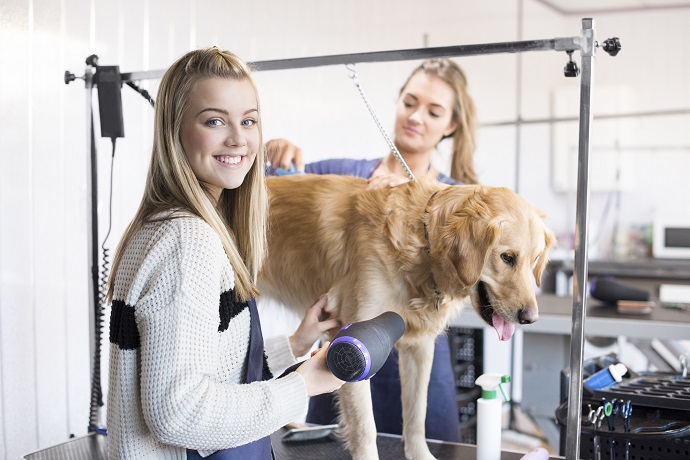
For long haired breeds,most vets advise grooming dogs every day to prevent tangles. Medium haired breeds should be brushed once a week,while short haired breeds can typically go up to a month without brushing.Even though some dog breeds,such as Poodles,don’t typically shed hair at all,they will still be prone to matting so need regular grooming and trimming to keep their coat from becoming too long and thick.
Grooming a puppy isn’t much different to grooming a dog,although their coat may be softer,fluffier and shorter.The most important thing to do is get their confidence,so that they see grooming as pleasurable experience.Start by giving them a cuddle while you brush their body gently.Find a quiet place to do this where your puppy feels relaxed and comfortable.It can even be outdoors if the weather is good enough.
Give them plenty of quiet praise and (after a couple of minutes) stop brushing and offer them a treat.If your puppy attempts to bite or play with the brush,turn away but don’t let go. Don’t tell them off or else they will associate grooming with a negative experience.Equally,you don’t want to turn grooming into a game so ignore negative behavior and praise good.Groom them several times a day,gradually increasing the length of brushing time.After about five days,you can start brushing new areas such as,their belly,tail,ears and other sensitive areas.Touch their feet and examine their nails and toes,to get them used to the sensation. Look inside their ears and gently open their mouth.This familiarity with close contact really will make life easier and less stressful for the dog,in the future.Always end a session with a treat and a game of walk.
As your puppy develops,their future grooming routine will depend on their coat type. For example,Bichon Frise grooming is different to,let’s say Poodle grooming.That said,the basic dog grooming equipment you need varies little from one breed to another,a brush,wide and fine-toothed combs and a stripping comb to thin your dog’s coat.
Your breeder,vet or a professional groomer will be able to tell you what’s right for your dog. To groom,start off by using your fingers to carefully loosen any matted hair from sensitive skin.Never use scissors to cut out matter hairs,as they can be very close to the skin and you can unintentionally catch the skin.
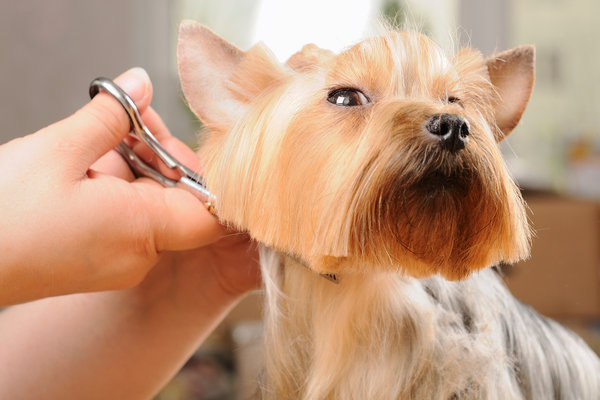
Grooming a medium-length coat
Begin with a pinhead (metal) brush or comb to remove mats and knots,then follow with a bristle brush to remove the dead hair and dirt.Grooming a long coat.Longer coats need daily attention to avoid knots.Begin with a pinhead brush or comb to untangle matted hair,taking particular care around the backside,tail and legs.Brush and comb the coat forward,then backwards (this will bring out the natural shine in silky coats).If your dog’s coat becomes too matted for you to untangle without discomfort,seek help from your vet or a professional dog groomer.You may decide to make regular trips to the dog groomer to keep their coat shorter and more manageable.Grooming a hair coat or non-shedding curly coat.Hair coats,such as those on Poodles,require a lot more care and attention.
Because hair coats keep growing,unlike fur,they need regular clipping and washing as well as grooming.Keeping a hair-coat clipped short will make grooming considerably easier,so find a good dog grooming professional nearby to help,or ask them to show you how so that you can carefully take care of it at home.To groom,first gently use a wire brush to remove loose hair followed by a pinhead brush or comb to remove knots and tangles.Non-shedding curly coats need to be brushed every two days but make sure your comb longer hair first before brushing.Grooming dogs with a short or smooth coatDogs with short or smooth coats don’t usually need a lot of grooming to remove dead skin and hair.
Use a brush or rubber dog grooming mitt to loosen any dead undercoat and dirt and then remove with a bristle brush.This will give a polish to your dog’s outer coat.There are several reasons why your dog may need to be clipped;to remove knots,to allow them to see clearly,for hygiene reasons or simply to keep them cool in the summer.
Dog clippers are available to buy,but if you are uncertain about clipping use a professional groomer,as it can be a lot trickier that it sounds and dog groomers know where clipping in and isn’t appropriate.As a general rule,dogs rarely need more than two or three baths a year (two much bathing will actually strip their coat of its natural oils).Most of the time a quick paw wash will be enough,but if they’ve got a medical condition,they’ve rolled in something unpleasant,they’ve been exposed to toxic sprays or oils or you are simply thinking “why does my dog smell?” now’s probably the time.If your dog’s hair is very matted,or the skin is sore or tender,contact your vet before you bathe the dog.
